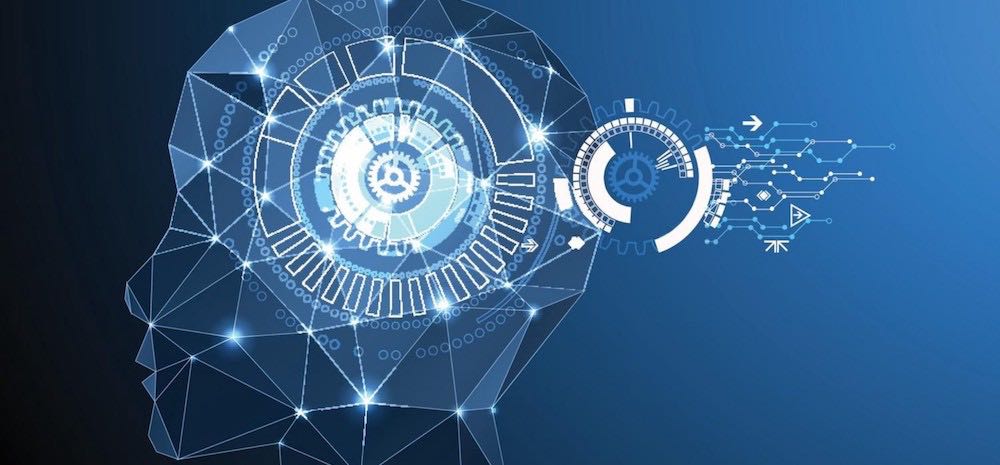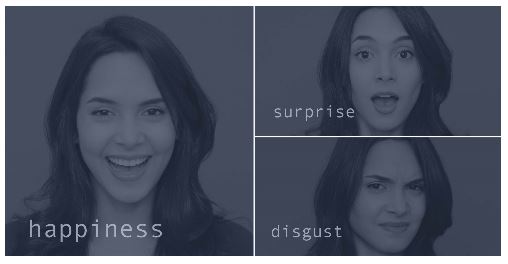Pixel Comparison Can Be The Future Of AI In Detecting Mood Patterns
They make sense of the microexpressions on a facial image using the pixel comparison method.

The ability to detect a customer’s mood can be a game changer for marketers in any industry. Already, along with Internet of Things, Artificial Intelligence is making it possible for machines to think and behave like humans. It has several use cases in the field of marketing, healthcare, wearables, education etc.
There are a lot of companies dabbling with emotional recognition APIs that can mimic human ability to detect emotional gestures. These applications mostly utilise facial detection, semantic analysis or voice recognition to discern mood patterns.
Pixel Comparison: Deducing Mood From Facial Expressions

The variation of the human facial expressions, the difference in lighting on various parts of the face during a change of expressions, the change in a person’s pose etc pose a challenging task for machines to detect the mood patterns on the face of any individual.
Currently, there are two kinds of methods undertaken for emotion recognition in a human face. The first one is the feature-based method. This means that features of a person’s face such as the width of the head, the distance between the two eyebrows etc. are taken into consideration for mood recognition purposes. In addition to this, the angles of the face’s different features such as the mouth, the eyes, the facial outline, amongst others, are detected using horizontal and vertical gradients. This method creates a Feature Vector out of the face to detect emotions.
The new method is that of Pixel Alignment or Pixel Comparison. A pixel comparison is a method to compare the facial difference in any two images of a face. An analysis is then done on the basis of databases curated by academics over the years. This method uses all the pixels in the face as a raw data for the purpose of recognising emotional patterns. Through a pixel level comparison, the researchers aim at mapping the entire face and keeping it in alignment with the geometry of a reference face.
How It Works
Conceptually, the facial recognition tools using pixel comparison work by implementing a unique blend of technology and psychology. Researchers are able to detect the faces in a video or in a photograph by using facial emotion detection algorithms. They make sense of the microexpressions on a facial image using the pixel comparison method.
The geometrical alignment in this method leads to create a meaningful correspondence at the level of pixels. It also removes the problem of expression-variation and pose-variation. Research studies have corroborated this concept showing that mood pattern recognition improved using this method.
The method of pixel comparison is being considered to be more holistic as it takes into account all the pixels in a person’s face. These comparisons are used as raw input for classification of mood patterns. It also manages to align the faces better and once aligned the coordinates of the pixels can be extracted to be used as a parallel to the face geometry information.
By doing this, this method provides the correct mapping of both the intensity of the facial organs and contours and their geometrical alignment.
The method of pixel comparison for detecting the mood in a person is a concept currently. However, it can very much be the future of mood pattern detection using artificial intelligence.
About the Author: This article is contributed by Amit Dua – Co-Founder & CEO at Signity Solutions and ValueAppz.
